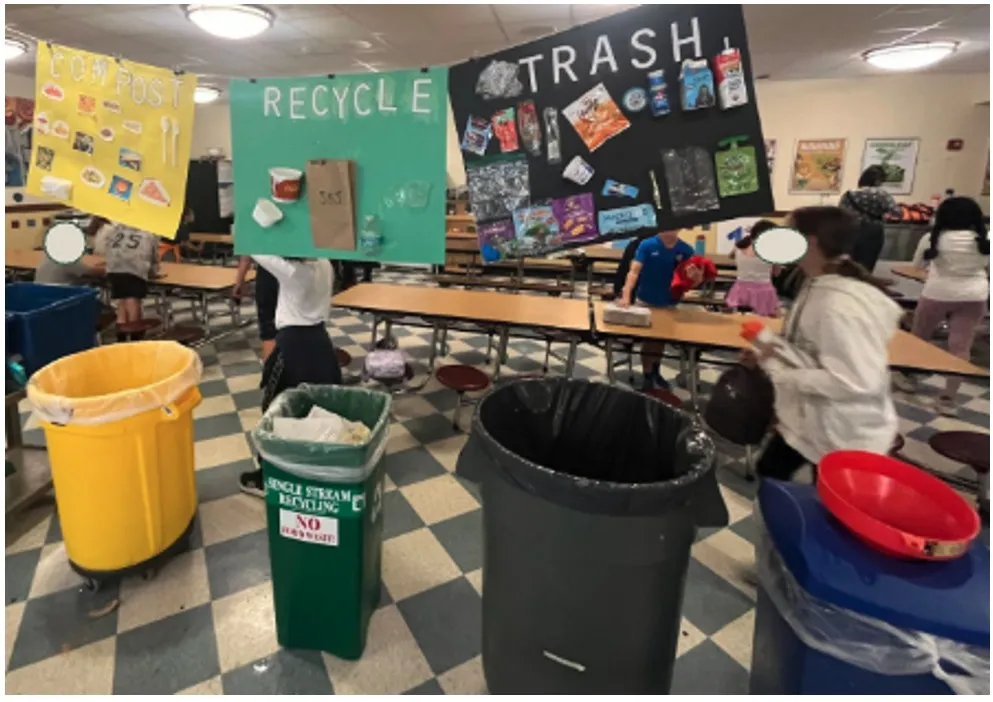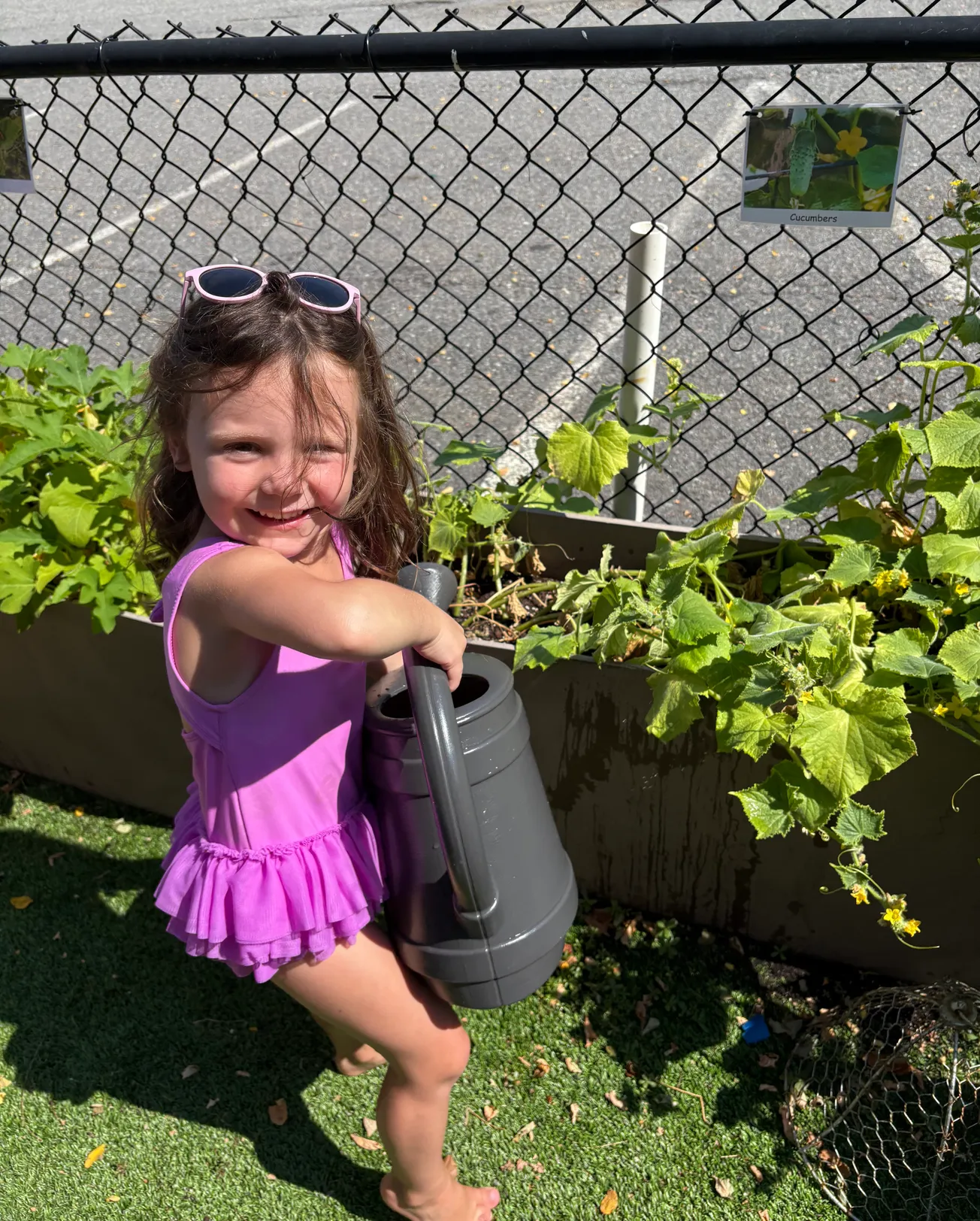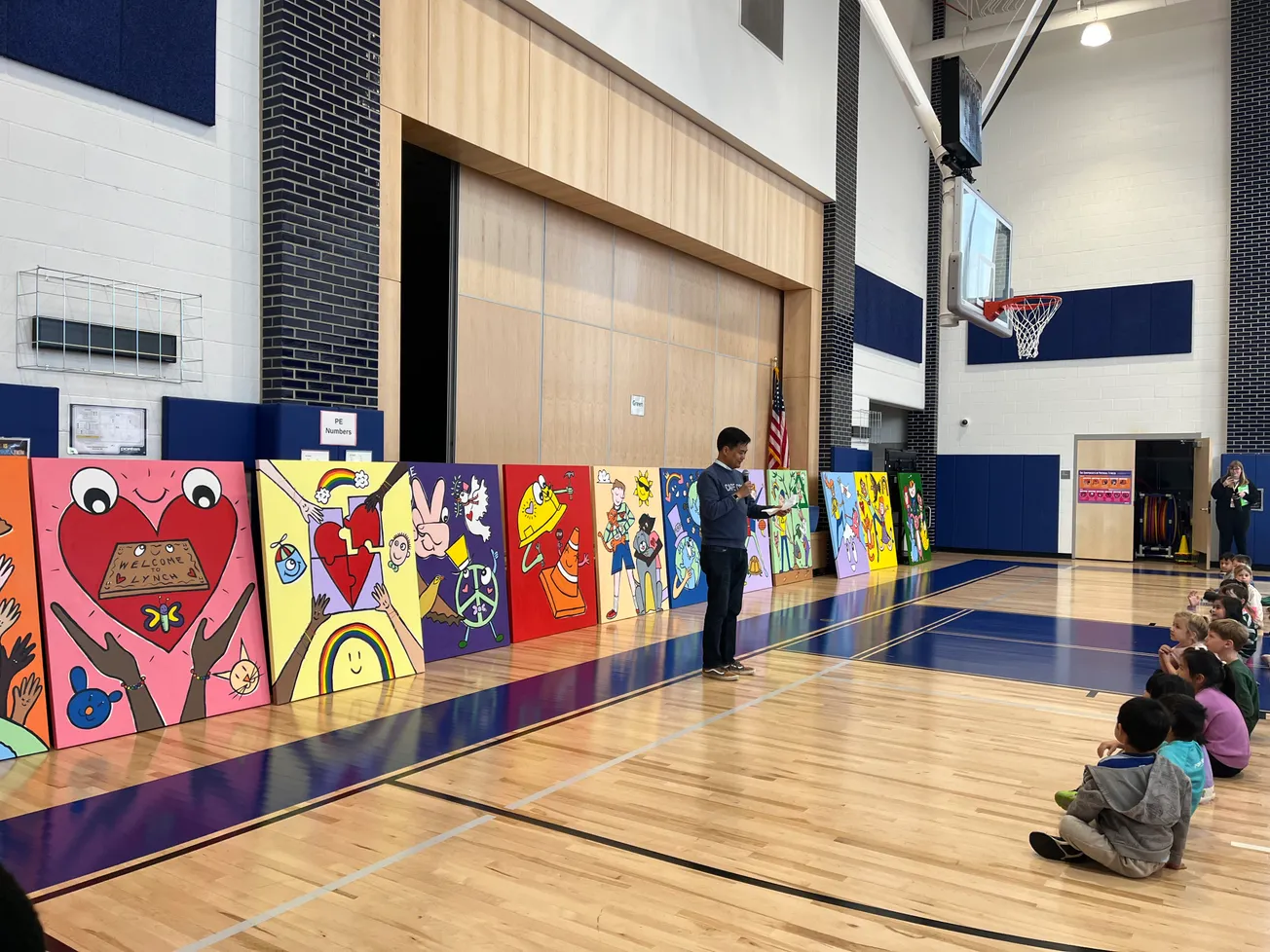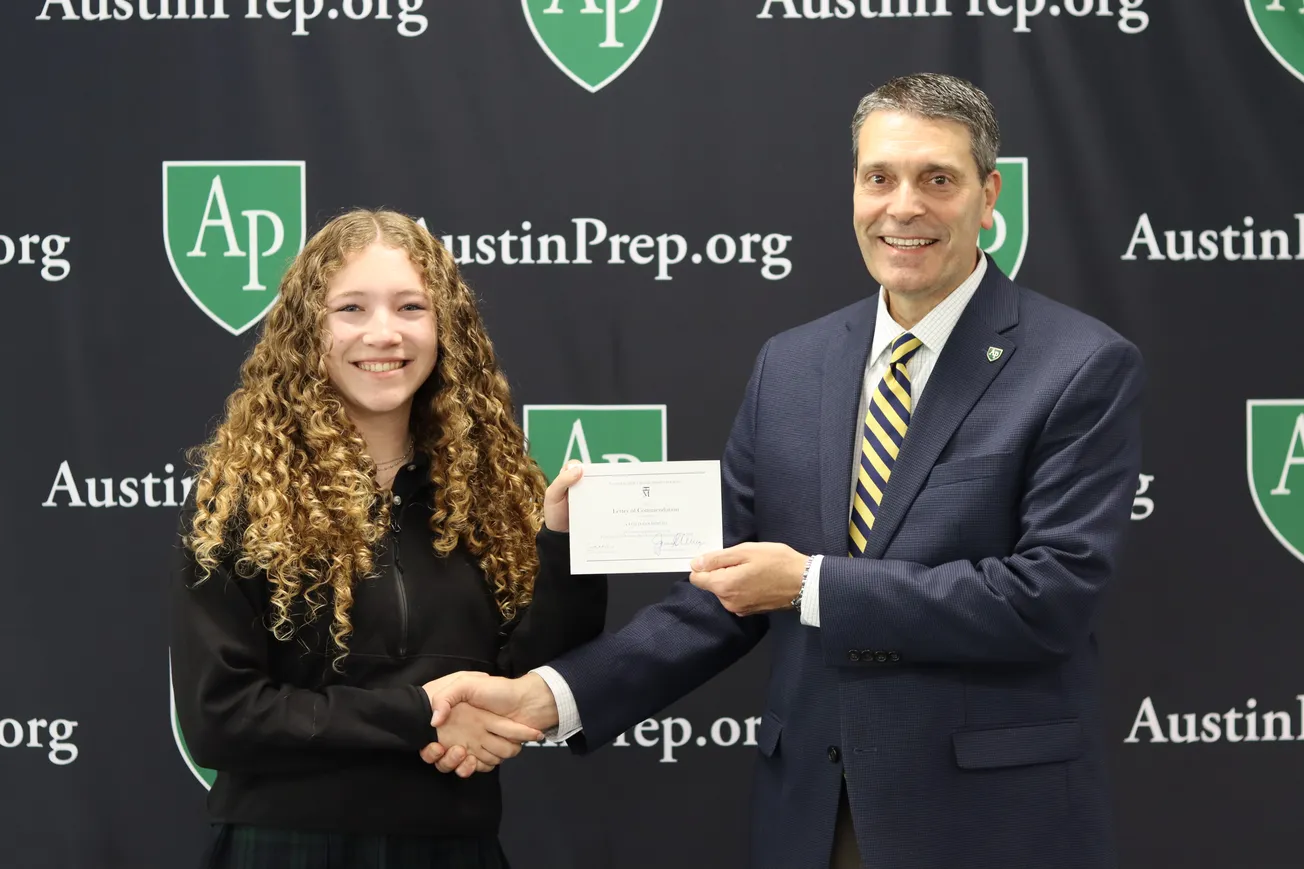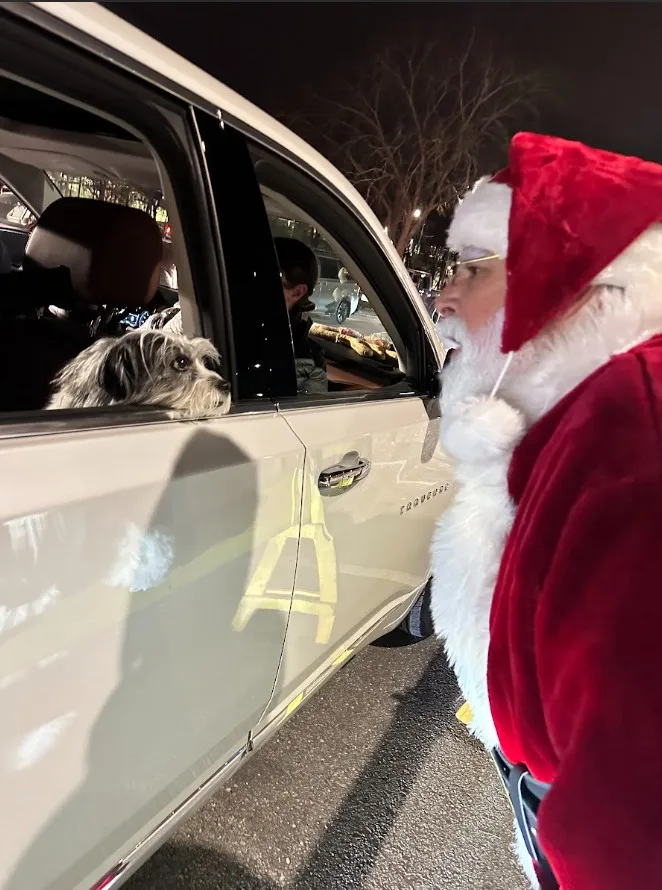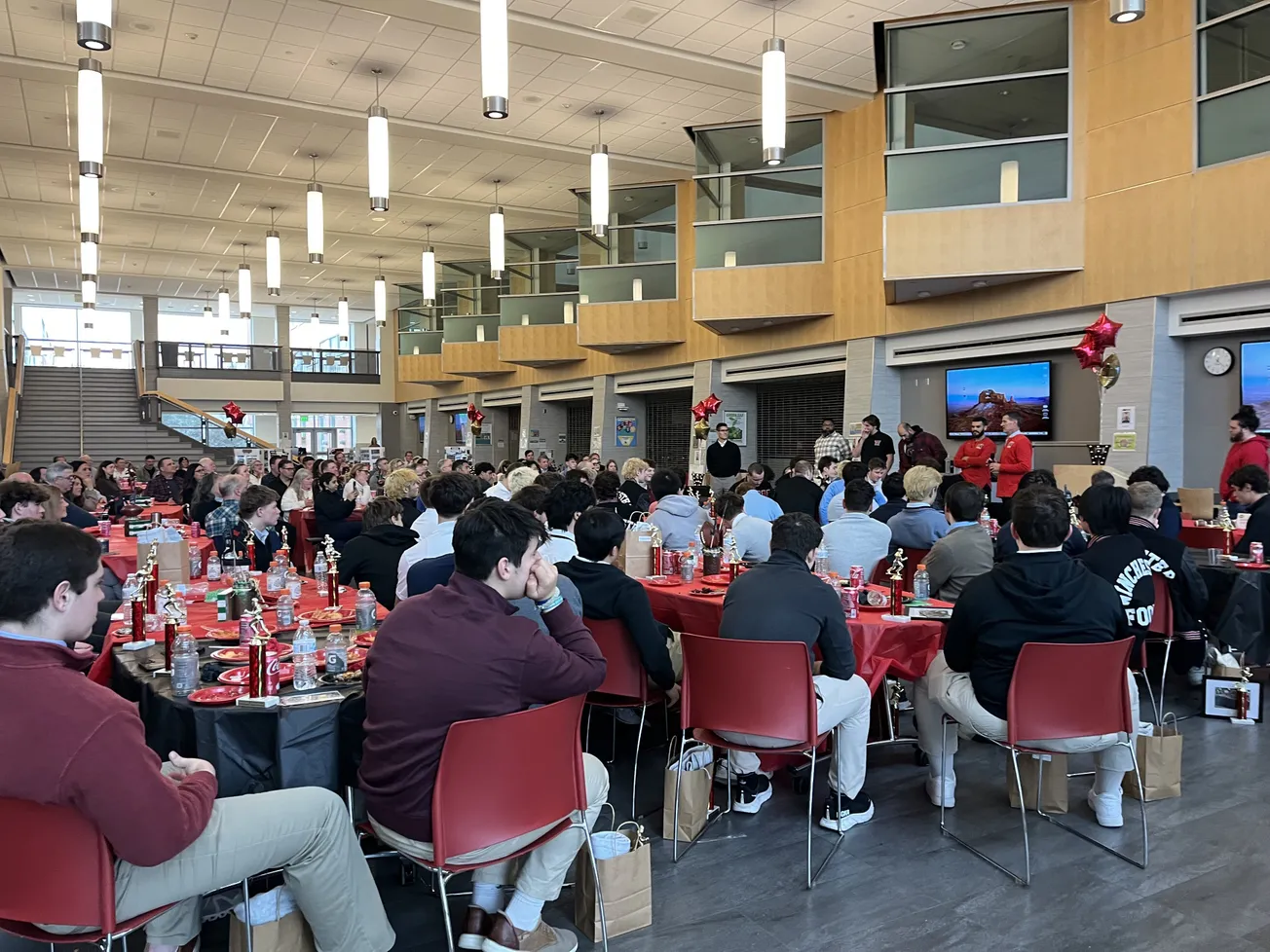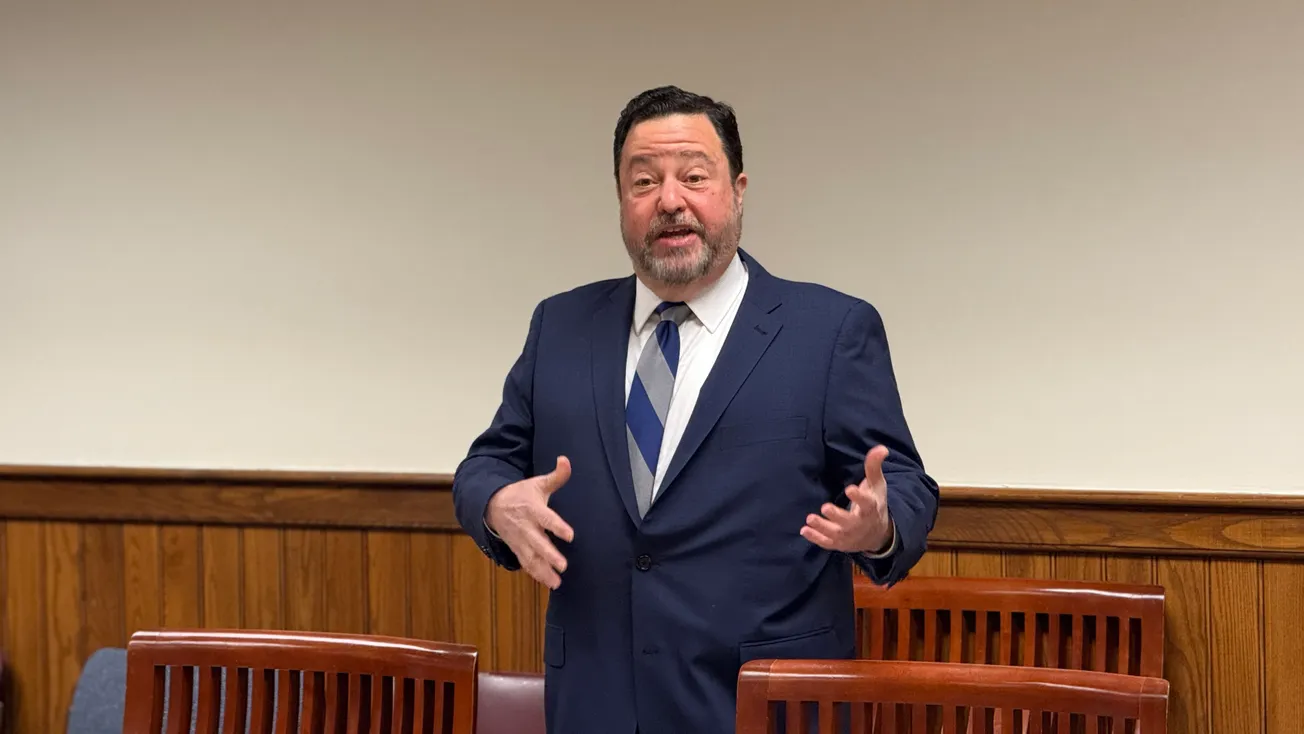Table of Contents
By Joon Choi and Dr. Prassede Calabi
Ever wondered how much food is thrown away in Winchester High School’s cafeteria each day?
According to data collected by past WHS AP Environmental Science classes (2016, 2017), roughly 100 lbs of food were wasted daily during lunch, constituting almost half of the cafeteria’s waste by weight. In round numbers, that is 500 lbs a week, 2,000 lbs a month, and almost 20,000 lbs per school year!
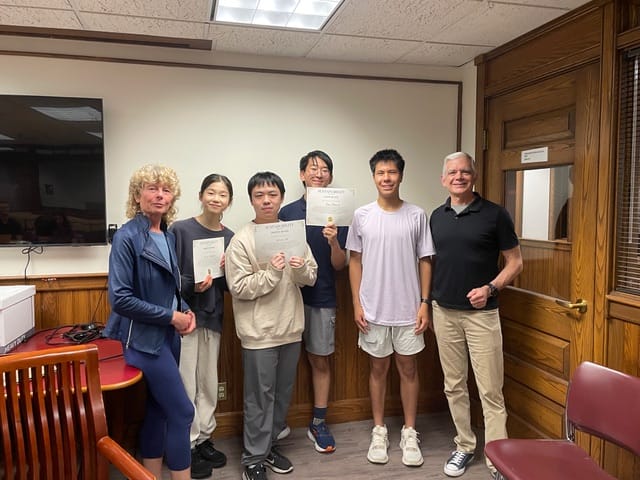
Until now, all the wasted food ended up being burned alongside real trash, releasing into our air the nutrients that could otherwise be used to grow plants.
To reduce air pollution and recycle the nutrients back into the soil, food waste can be composted.
Composting is the process by which organic materials — anything from once-living sources such as food scraps and yard waste — are broken down into nutrient-rich soil. Besides food, items like the school’s compostable utensils and cardboard hot lunch trays are made from plant-based materials. So they, too, can be composted.
Following Ambrose and Lincoln’s example
Ambrose and Lincoln elementary schools have already implemented successful cafeteria waste recycling programs (in 2017 and 2023, respectively), capturing food scraps and all compostable cafeteria items, including paper trays, school-provided tableware, and napkins.
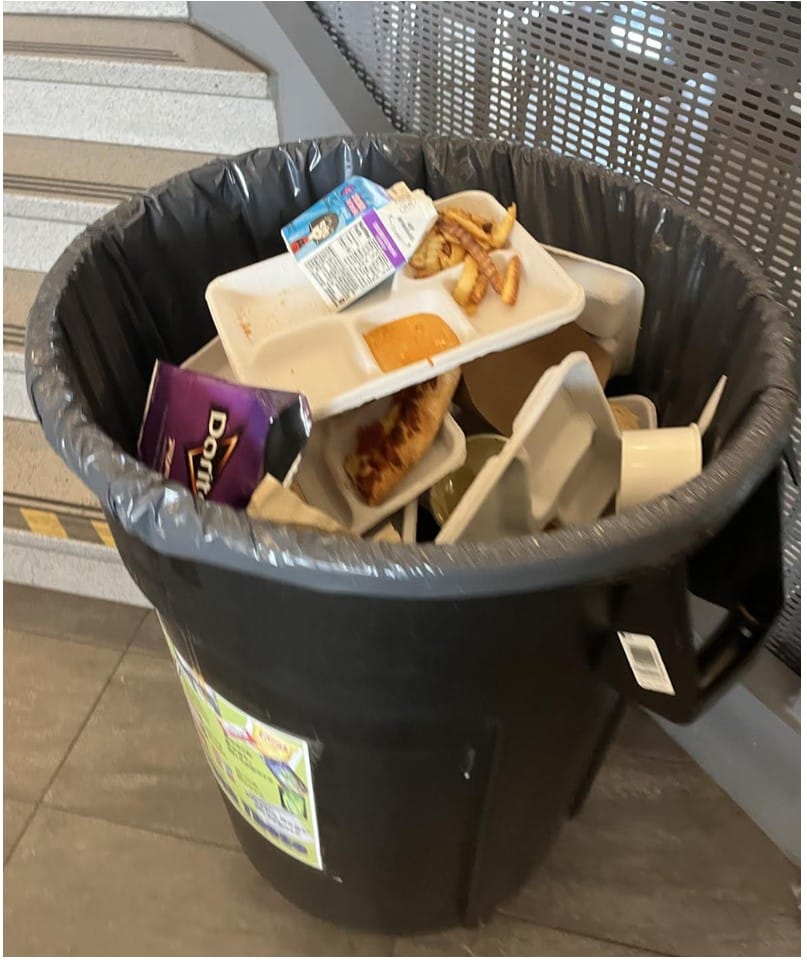
Motivated by the elementary schools’ pioneering sustainable initiative — and spurred by a sense of responsibility to do their part — students at WHS have taken initiative to advocate for a comparable cafeteria waste recycling program.
On April 14, 2025, the high school cafeteria saw the addition of a compost barrel alongside existing liquid pour-off, trash, and recycling barrels.
Called the “Cafeteria Waste Recycling Program,” the student-run initiative was the fruit of a months-long joint effort between the student council, school administration, Winchester’s Climate Action Advisory Committee (CAAC), and the Transfer Station.
Every lunch, students volunteer as compost bin “Monitors” to assist their peers in properly disposing of their lunchtime waste. Anyone can volunteer to receive service hours and an award from the Climate Action Advisory Committee at the end of the year.
Throughout the first week, students crowded around the Monitors sitting by waste disposal stations to learn about composting, the new waste disposal procedures, and earn a Starburst for their participation.
Many students expressed relief that, at long last, a composting program was in place.
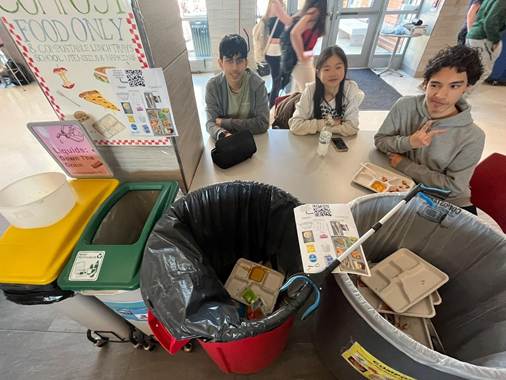
“It’s about time we got one, since so much of our waste is compostable,” said Henry Wallace, a WHS junior.
After a presentation on May 14, the Massachusetts Department of Environmental Protection (MassDEP)’s School Waste Reduction and Diversion Working Group commended the program as a successful case study and expressed hopes that it will serve as a model for other schools throughout Massachusetts.
This initiative was funded in part by the En Ka Society.

